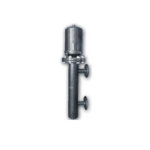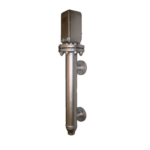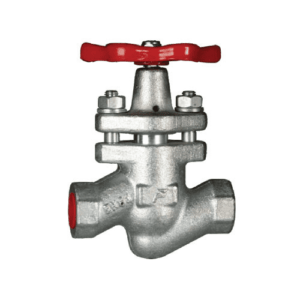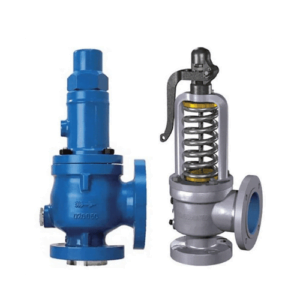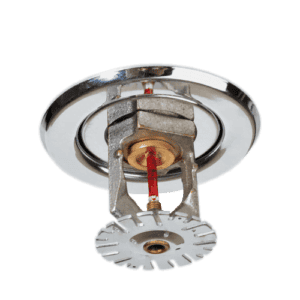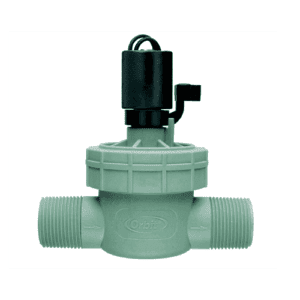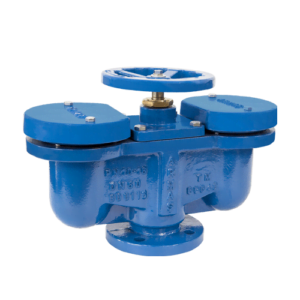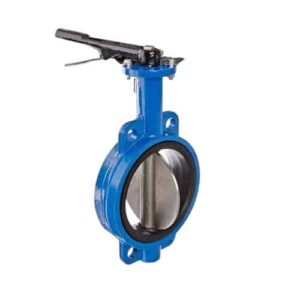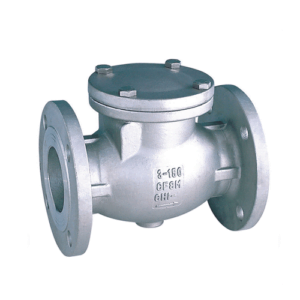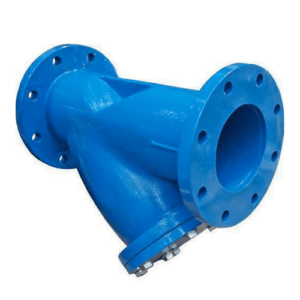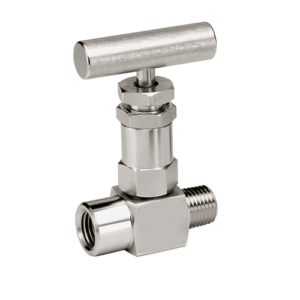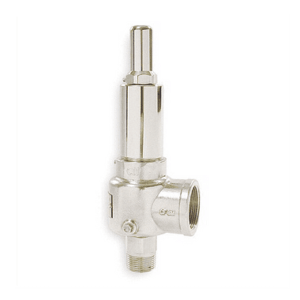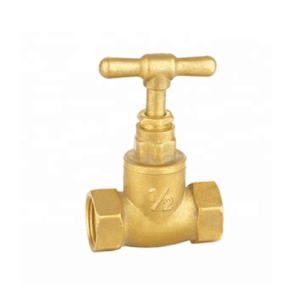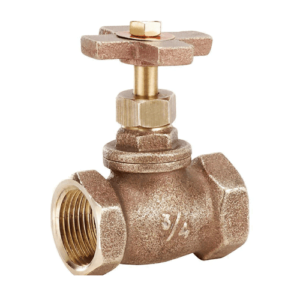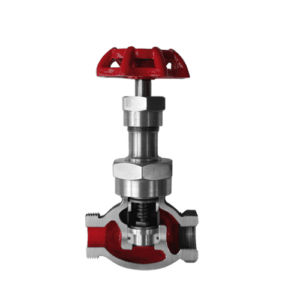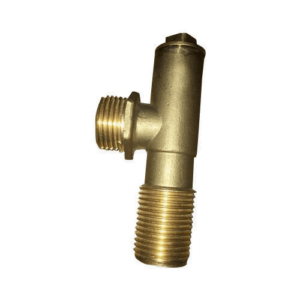Advanced Mobrey Valve for Boiler Level Control
The Mobrey Valve is necessary to maintain the correct water level in steam boilers for safe and efficient boiler operation. Without this valve, dry-out conditions can occur that cause severe damage and pose operational risks. The Mobrey Valve Boiler Supplier delivers best-in-class solutions designed for strenuous operational needs, therefore representing an integral part of contemporary boiler control systems.
Material Specifications:
Constructed from high-quality stainless steel as well as other materials resistant to corrosion, the Mobrey Valve boasts strength plus dependability in abrasive environments where it operates. Such substances not only guarantee extended valve service life but also contribute to ecological balance by being recyclable.
Technical Specifications:
Our designs for Mobrey Valves are adaptable enough to accommodate various sizes and arrangements of boilers. Normally these work under pressures reaching 250 PSI coupled with temperatures up to 400°C thereby making them applicable for use in large capacity industrial boilers. The device has a mechanical float mechanism which initiates its action depending on accurate changes in water levels; hence it remains reliable all throughout its functioning.
Standards and Conformity
The Mobrey Valve meets worldwide standards including ASTM as well as ISO 9001. It also gets an international safety and quality certification from the Mobrey Valve Manufacturer which guarantees that it can work dependably under industrial conditions.
Usage Instructions
To achieve maximum efficiency and durability with your Mobrey Valve, regular maintenance is necessary. This involves checking the mechanical float from time to time and cleaning the valve to avoid scale deposits common in boiler environments. Installation should be done by a certified Mobrey Valve Boiler Manufacturer technician who will ensure that all requirements are met for safe and efficient operation. Troubleshooting information along with more detailed instructions on maintenance procedures can be found in the user manual provided with this product.
Applications
The Mobrey Valve is primarily used in steam boilers to automatically control the water level, ensuring optimal operation and preventing boiler failure due to low water conditions. These valves are crucial for energy production facilities, manufacturing plants, and any industrial settings where steam boilers are essential components of the operational infrastructure. The Mobrey Valve Boiler Manufacturer designs these valves to be versatile, capable of handling various boiler types, from small-scale residential units to large industrial systems.
Features and Benefits
Features:
Robust design suitable for harsh boiler environments, ensuring long service life.
Precision water level control facilitated by advanced float mechanisms within the Mobrey Valve.
Availability through Mobrey Valve Supplier ensures that clients receive tailored solutions that meet specific regulatory and operational requirements.
The valves often incorporate safety features that automatically adjust to changing conditions, minimizing the risk of boiler damage.
Benefits:
Prevents boiler dry firing and enhances safety by maintaining the correct water level, thereby avoiding potentially hazardous conditions.
Reduces energy consumption by improving boiler efficiency through precise water level management.
Lowers maintenance costs and extends the life of boiler systems by preventing conditions that lead to wear and tear.
The Mobrey Valve Boiler Supplier provides comprehensive support and service, ensuring that installation and maintenance are handled professionally.
Related Products
For a complete boiler control solution, consider integrating the following products:
Boiler Control Panels: To automate and centralize control of all boiler functions, enhancing operational efficiency.
Pressure Relief Valves: Essential for protecting against overpressure, a common hazard in boiler operations.
Water Treatment Solutions: To maintain water quality within the boiler, prolonging the life of the Mobrey Valve and other system components.
Optimize your boiler’s performance and safety with our reliable Mobrey Valve. Our team of experts from Mobrey Valve Manufacturer is ready to assist you in selecting the perfect valve solutions for your needs.
Support and Warranty Information
Our Mobrey Valves, supplied by top Mobrey Valve Suppliers, come with a comprehensive warranty and full customer support. We provide detailed installation guides, operational support, and troubleshooting assistance to ensure your valve performs optimally over its entire service life.






